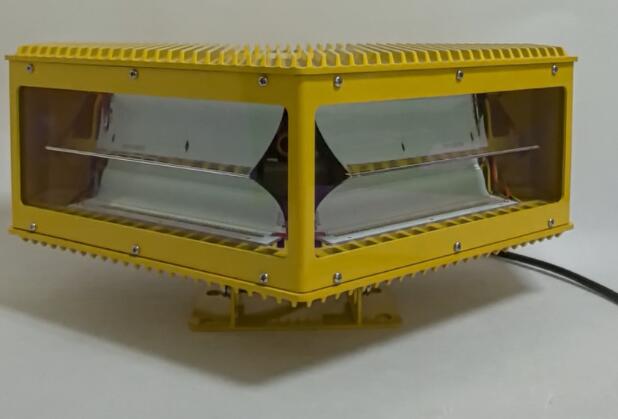Guiding the Skies: What Is Obstruction Light and Why It Matters
Modern skylines are filled with towering structures—skyscrapers, cranes, communication towers, and wind turbines. As cities grow vertically and infrastructure stretches higher, aviation safety becomes increasingly vital. This is where a critical yet often overlooked component comes into play: the obstruction light. But what is obstruction light, and why is it a silent guardian of the skies?
What Is Obstruction Light?
An obstruction light is a specialized light fixture designed to mark tall structures that could pose a hazard to aircraft navigation. Installed at specific elevations on structures, these lights are essential for alerting pilots—especially during night-time or low-visibility conditions—to the presence of obstacles that rise into navigable airspace.
These lights do not just serve a functional role—they are legally mandated in many jurisdictions to comply with aviation safety regulations set by authorities like the Federal Aviation Administration (FAA) or International Civil Aviation Organization (ICAO).

Core Functionality and Design
To understand what is obstruction light, it's helpful to know their design and operation. Obstruction lights are typically high-intensity, low-maintenance lighting units with one purpose: visibility.
They come in several types based on intensity and color:
Low-Intensity: Used for structures below 45 meters. Often red in color.
Medium-Intensity: Employed on taller structures, using red or white lights, sometimes flashing.
High-Intensity: Reserved for very tall structures, often using flashing white lights visible from long distances.
| what is obstruction light |
The light must be visible 360 degrees around the structure, and in many cases, redundancy is built in. This ensures the light continues to function even if one bulb or LED module fails.
Where Obstruction Lights Are Used
Obstruction lights are found on:
Communication and radio towers
Wind turbines
Tall buildings and skyscrapers
| obstruction lights |
Chimneys and smokestacks
Construction cranes
Airport perimeter structures
Offshore platforms
Each of these can interrupt a flight path or confuse pilots during descent or ascent, particularly when visibility is low.
Regulatory Standards
Understanding what is obstruction light also involves familiarity with regulations. The FAA and ICAO both outline guidelines for marking obstacles in airspace. These rules determine:
The color of light (red for night, white for day)
Flash rate and intensity
Placement height on the structure
Synchronization when multiple lights are installed
Non-compliance can result in heavy penalties and serious aviation risks. Therefore, following these standards is non-negotiable for industries that operate tall structures.
The Shift to LED Technology
Traditional obstruction lights used incandescent or xenon lamps. However, modern systems largely employ LED technology. LEDs provide multiple advantages:
Longer life span
Lower power consumption
Higher brightness
Better reliability
Reduced maintenance frequency
This shift is not only economical but also enhances aviation safety, as LEDs are less prone to sudden failure.
Smart Monitoring Systems
A notable evolution in obstruction lighting is remote monitoring. Many modern systems now include features like:
Self-diagnostics
Real-time alerts
Battery backup monitoring
Automatic intensity adjustments based on ambient light
These upgrades allow operators to ensure 24/7 functionality, improving overall system reliability without requiring frequent on-site checks.
Environmental and Community Considerations
In answering what is obstruction light, one must consider the broader impact. Obstruction lights, especially those that flash at high intensities, can affect nearby communities. Complaints about light pollution have led manufacturers to design:
Infrared-compatible models for military zones (to be seen with night-vision goggles)
Shielded lights to reduce ground-level glare
Adjustable brightness levels based on time or weather
This balance between visibility for pilots and comfort for communities is a growing focus in lighting design.
Future Trends
Obstruction lighting is evolving. Anticipated developments include:
Integration with drone detection systems
AI-based monitoring for proactive maintenance
Solar-powered systems for remote installations
Enhanced cybersecurity for smart light systems
As urban landscapes and aviation technologies evolve, so too will the infrastructure that ensures safety in the skies.
So, what is obstruction light ? It is more than just a beacon—it's a silent protector that marks humanity’s reach toward the skies while ensuring aircraft can navigate safely around it. With advancing technology, growing regulation, and increasing awareness of environmental impacts, obstruction lights remain an essential yet ever-adapting part of global aviation safety.
Whether atop a wind turbine in the countryside or crowning a megastructure in a bustling metropolis, obstruction lights play a critical role that often goes unnoticed—until they're needed most.
